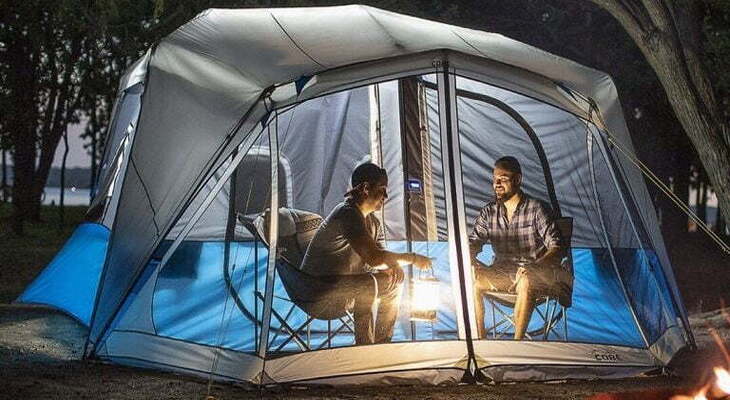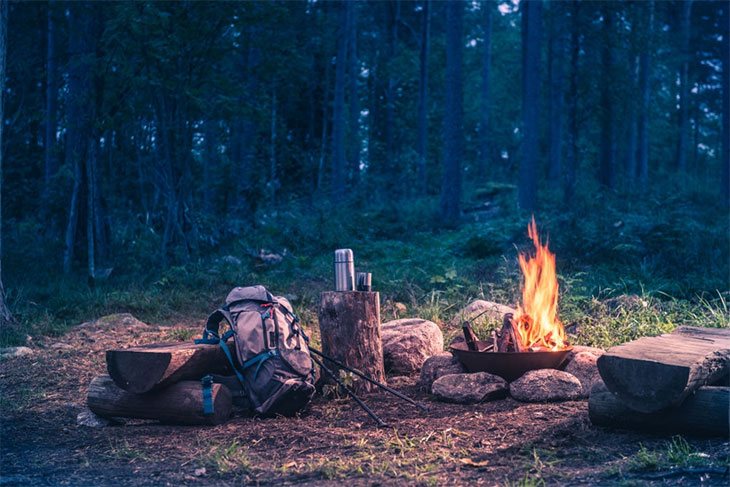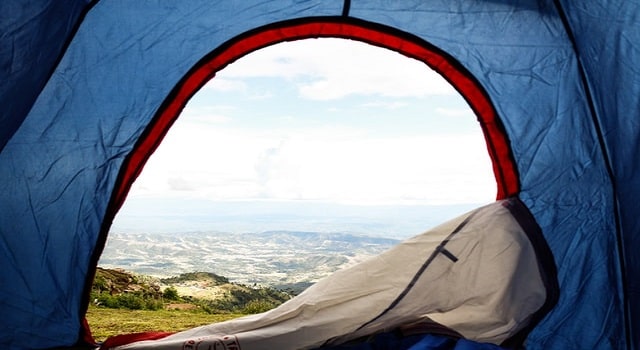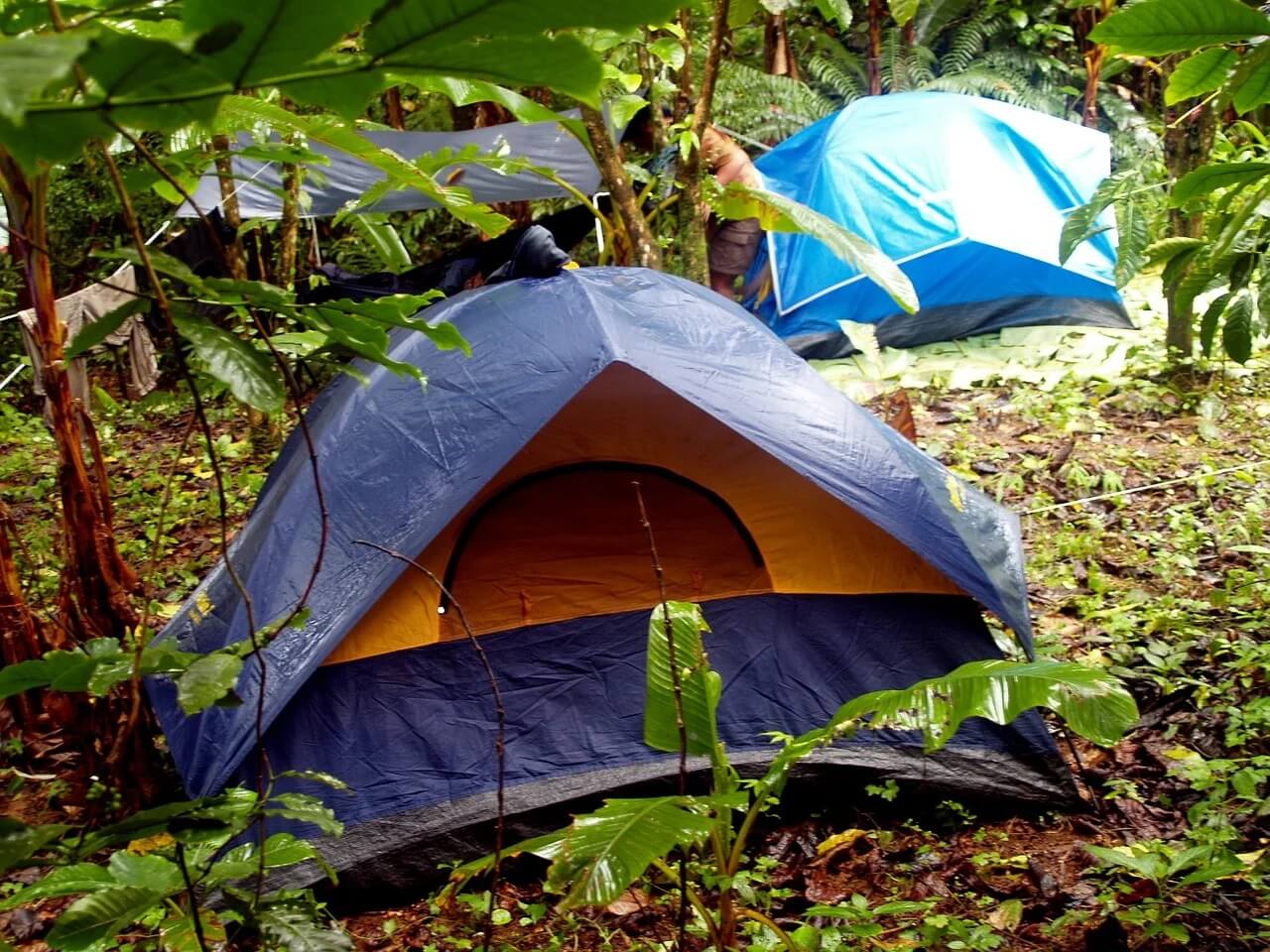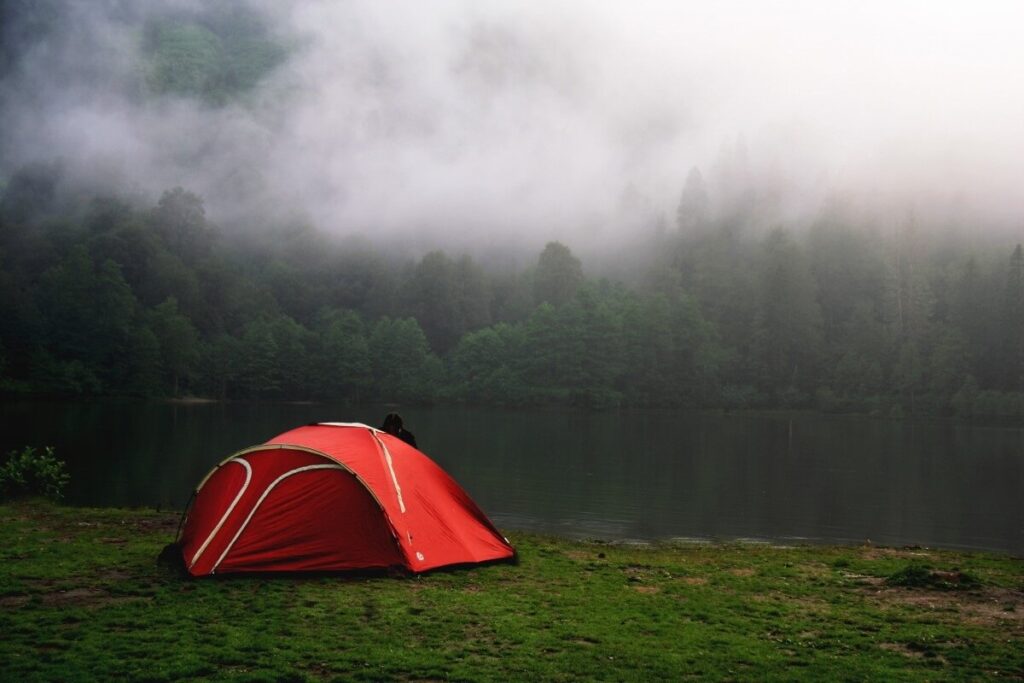
A tent is a very common item of equipment that many people use for a variety of different purposes when going camping, but what tent is good for rain?
It’s a question that doesn’t have an easy answer. You’re going to want to consider a number of different variables, including the type of rain you might encounter, the size of tent you need for your camping party, and the amount of money you have to spend on a tent.
The truth is, there is no one tent that is good for all types of rain. There are some considerations you need to make when choosing a tent for the rain and we will cover.
Contents
Top Picks
Big Agnes Copper Spur HV UL: Best Overall Tent in Heavy Rain
Eureka Copper Canyon 4: Value for Money
ALPS Mountaineering Lynx 2: Ideal for backpacking
CORE Instant Cabin Tent 10: Great for large groups
Wenzel Klondike 8: Perfect for car camping
1. How to Choose a Tent for Rainy Days
The number of people who have had the bad experience of camping in the rain is greater than those who have not had this experience.
After all, this is a reality that we can not change, even if it’s a dry season, we should always be ready for the rain.
For each of us, our tent is our home for the time we spend in the wilderness, and it is for this reason that we must choose a tent that is suitable for us,
For example, because its material is resistant to the elements because it has great ventilation and visibility, or because we can put our belongings inside without worrying about anything happening to them.
If we choose a tent according to these criteria, it is possible that we will end up spending a memorable and pleasant adventure.
2. What Tent to Use for Rain
In addition to rain, always remember to buy a tent that can survive wind as well. Weatherproofed tents are more expensive, but if you’re like me, you don’t like to wake up to a tent that is soaked from rain and condensation, not to mention being cold and shivering because of being wet.
A decent four-season tent that’s weatherproof and windproof can run you $400-600, but the investment is well worth it. You can use cheaper alternatives, like plastic sheets and tarps, but the downside is that they don’t last as long.
3. How to set up a tent
The first thing you need to do is lay out the ground cloth so you’ll have a protected area for your tent.
Put the tent on top of the ground cloth and stake it out. If the floor of the tent is made of mesh, then line the inside with “No-see-um” netting. This is a lightweight netting that is designed to keep tiny, biting insects out of your tent and is available at most camping stores.
Next, put the rain fly on top and stake it out. One thing to note is that the rain flies on BEFORE the tent body, this ensures that the rain fly is on top of the tent in case it rains and you need to quickly get into the tent.
Now put the poles in the sleeves attach the tent body to the poles and stake the tent to the ground.
4. What issues can occur in the tent
There are several things that can go wrong while camping. Following are the things with their respective solutions Problem A tent can be very cold. Solution Buy a heater and put it outside the tent.
It will keep the temperature inside the tent warm. Problem Water can enter into tents because of heavy rains. Solution Use a tarpaulin over the roof of the tent, thus preventing moisture from entering into it.
Problem There can be some water leakage through the zipper. Solution Apply some rubber sealant around the zippers.
5. How to set up a tent for a long time
The tent must be set up on a flat and solid surface. That is ground with a consistent surface, free from holes, rocks, and branches. Don’t set up the tent in the middle of the forest, because you might run into the following problems:
1. Ground surface is uneven and makes the tent a little bit lopsided. So the tent may break since it was not built for this kind of ground.
For example, you may set up the tent on a dry surface, but once it rains and the ground gets wet, this kind of ground becomes very slippery and make the tent collapse.
2. Even if the tent is set up on a flat and solid surface, its surface quality is good enough, you still have to be careful of the surface at night. Don’t place your tent on some ground that may be wet at night and may make the tent collapse soon.
3. Snow, rain, and branches may damage the tent. Snow is something completely unpredictable, so try to avoid a place where you may encounter a snowstorm. Branches are not something like the snow which can be easily avoided, but the tent may not be able to withstand the damage from the branches. If you set up the tent in a forest, then keep your eye on the branches and remove them carefully.
Conclusion:
This is a pair of questions I get asked a lot. One problem is that many people do not know what makes a tent waterproof, or how to tell if it’s waterproof. The best tent for rain is one that is seam-sealed and has a waterproof rainfly.
You need to look for a tent with waterproof materials, a seam-sealed construction, a waterproof canopy, and an airtight zipper, if the tent is not made with those things, you’ll need to make sure you have a waterproof liner to put inside the tent.
It’s also very important to look at the floor of the tent, it should have a waterproof ground cover, so it doesn’t get damaged from underneath.
